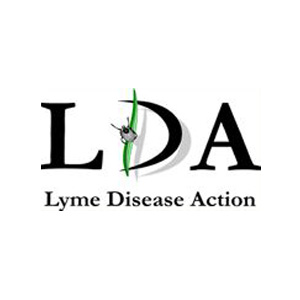Lyme Disease
Lyme Disease
In the UK, Lyme disease is the most prevalent vector-borne illness. The bacterium Borrelia Burgdorferi and, less frequently, Borrelia Mayonii are responsible for Lyme disease. Infected black-legged ticks bite humans to spread the disease. Fever, headaches, fatigue, and an erythema migrans-like skin rash are typical symptoms. Infection can spread to joints, the heart, and the neurological system if it is not treated. Lyme disease is identified based on symptoms, physical signs (such as a rash), and the potential for tick exposure. If carried out correctly and performed using validated procedures, laboratory testing is beneficial.
With a few weeks of antibiotics, the majority of cases of Lyme disease can be successfully treated. Utilizing insect repellent, removing ticks right away, using pesticides, and limiting tick habitat are all ways to avoid Lyme disease. Other tick-borne diseases can occasionally be spread by the same ticks that carry Lyme disease.
Everything you need to know about Lyme disease

Treatment

Diagnosis & Testing

Preventing Tick Bites

Transmission

Tick removal & Testing

Frequently asked questions
Support & Resources





